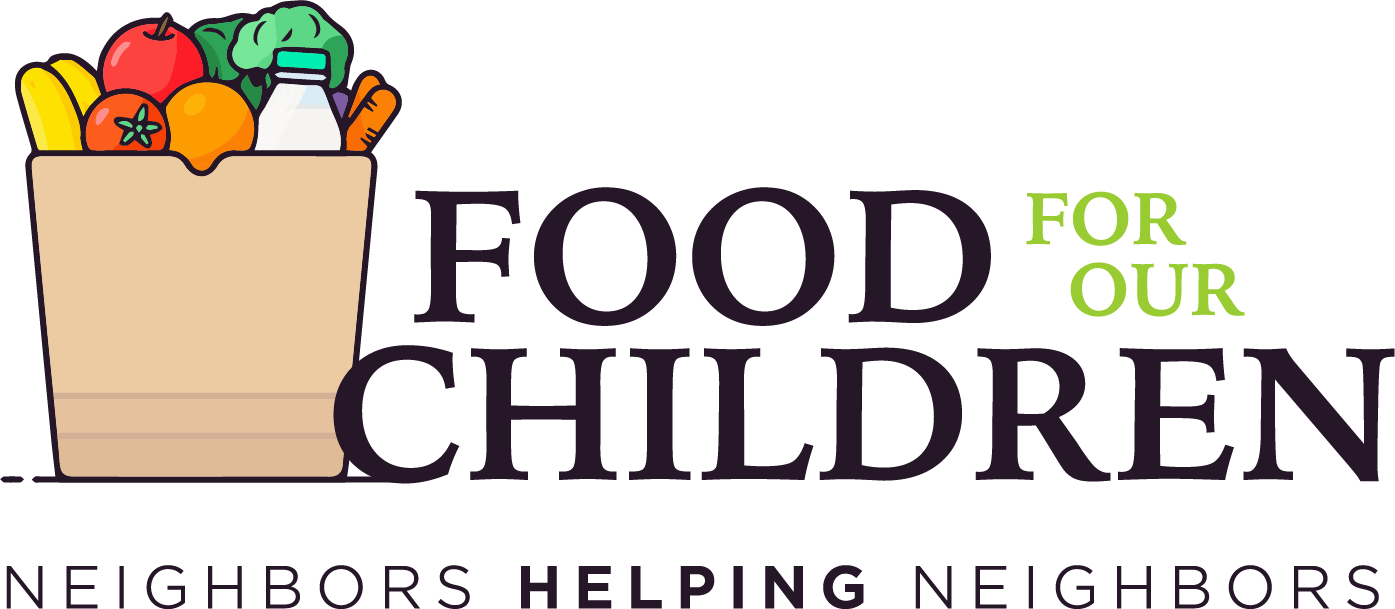The Ongoing Need to Fight Food Insecurity After the Pandemic
Corporations need to stand with community organizations to support the world's growing nutrition needs.
By Kent Bradley and Travis Arnold
NEW YORK, April 24, 2020: “The pandemic has impacted the world in ways no one could have imagined. Seemingly overnight, global supply chains were disrupted, businesses came to a standstill, and the population grappled with the most significant health crisis in a generation. The pandemic laid bare another global challenge – hunger.
According to a recent food insecurity survey commissioned by Herbalife Nutrition and Feed the Children, 6 in 10 Americans have faced food insecurity at some point in their lives. Of those, 73% experienced it for the first time since the start of the pandemic. The faces of food insecurity defied stereotypes as lines of cars were depicted snaking around food banks in the United States. People who were previously donors suddenly found themselves on the other side of the donation line.
These developments quickly worsened the critical needs to an already strained system of providing food and services, and pivoting to expand those services with less resources. As we begin to consider a post-pandemic world, we need to focus on the growing problem of food insecurity and its implications on personal growth and the economy. We need to accelerate business and nonprofit partnerships working together with government and nongovernmental organizations to fuel people with the nutrition they desperately need for a healthy future.
An example of this is the partnership between the global nutrition company Herbalife Nutrition and the leading anti-hunger nonprofit, Feed the Children, under the company's Nutrition for Zero Hunger initiative.
The pandemic precipitated a food and support crisis as unemployment across the nation reached an all-time high and an unprecedented number of families sought relief. The survey of 9,000 people globally, including 2,000 Americans, revealed that of those who have faced food insecurity, 35% said they skipped meals, and 31% said they didn't know where they would get their next meal. Also, 32% of those who experienced food insecurity said they didn't have enough money to buy food. Globally, results found 49% have experienced food insecurity during their lives — of those, 61% experienced it for the first time since the start of the pandemic.
In fiscal year 2020, through its programs and network of community partners, the nonprofit Feed the Children assisted more than 5.6 million people in the United States, including children and their families, who risked running out of food. Internationally, the nonprofit provided support to an additional 1.7 million people.
Children at Risk
In the U.S., 1 in 4 children lives in a food-insecure household. Many children who are no longer attending child care centers or in-person school have limited access to school meals – a source of nutritious food for millions of students across the country. Globally, 70% of parents said their child was currently distance learning, and of those, about 6 in 10 said they typically rely on school meals to ensure their child is eating healthy food.
Since food insecurity and poor nutrition are associated with several chronic illnesses, the food access crisis threatens to intensify health disparities for at-risk children and families. According to the World Health Organization, maternal and children undernutrition contributes to 45% of deaths in children under 5. The effects of food insecurity can be long-lasting and can rob children of the opportunity for a brighter future.
Internationally, Feed the Children has implemented several child-focused community development programs that focus on reducing food insecurity, teaching health and promoting self-reliance in order to perpetuate childhood development and build a healthy future. Even with the added pressure of the pandemic, with the help of their corporate partners, they were able to distribute more than 87.8 million pounds of food and essential items to children and families in the United States and around the world who needed them in 2020.
Beyond the Children
School meals are only one piece of healthy eating; results found 60% of global respondents said they struggle to maintain a diet that aligns with their country's national dietary guidelines.
The global pandemic is fueling food insecurity, and now more than ever, there is an urgent need to provide at-risk populations with access to healthy, nutritious food. Through the Nutrition for Zero Hunger initiative, we are working together to provide resources, meals and education to help feed those in need during and after the pandemic.
The two partners plan to continue working through our network of community partners across the U.S. and in our care groups in the nine countries where we work. This allows us to reach children and their families in their communities. One of the most important lessons we've learned during this pandemic is that no two communities are the same. It is important to adapt to the situation in real-time to reach children and families where they are.
With a keen focus on making nutrition more accessible, eradicating hunger, and promoting economic opportunities, partnerships like the ones with Nutrition for Zero Hunger ensure proper nourishment of people and the planet to achieve a healthier world. Now more than ever, corporations must step up and stand with community organizations to support a struggling world's growing nutrition needs. These critical and massive changes to our society can only be accomplished through these essential, collaborative relationships.

